Whether you’re facing major dental surgery, medical treatments, or vision care, smart planning can help you maximize your benefits and minimize out-of-pocket costs.
In this article, we’ll explore a few key strategies to help you make the most of your asrTrust benefits before the year resets and ensure you’re not missing out on valuable coverage.
1. Understand Your Benefit Plan’s Maximums and Coverage
Each year, your health and dental benefit plan has specific limits on how much it covers you for different types of services (e.g., dental, medical, vision). Common coverage limits include:
- Annual Maximums: These are the maximum amounts the plan will reimburse for certain services within a given calendar year. Once you reach this limit, you’ll be responsible for any remaining costs until the new year begins.
- Multi-Year Maximums: Some benefits are only reset after a period of time, such as every 24 or 36 months. For example, new hearing aids are covered every 36 months based on the date of your purchase. Understanding when you are eligible again next for these benefits is crucial to getting the most out of your benefits.
Understanding these maximums and restrictions is essential, as they can affect how much you pay out of pocket for these expenses.
2. Plan Major Expenses Strategically Around Year-End
One of the most effective strategies for maximizing your benefits is to time large medical or dental expenses around the calendar year-end. For example, if you need dental work or surgery, consider splitting the procedure across the year to take advantage of two plan years’ benefits coverage.
Example: Major Dental Work
Your asrTrust plan has annual maximums for dental care. If you require extensive dental surgery, such as crowns or root canals, you may want to ask your dentist if you can schedule a portion of the treatment in November or December (before the year ends), and plan the remainder for January (when your benefits reset). By doing this, you’ll have access to the full benefit limit for both years, reducing your out-of-pocket expenses.
Example: Hearing Aids and the 36-Month Rule
Your benefit plan provides coverage for hearing aids once every 36 months, meaning if you’ve recently received hearing aids, you may need to wait until the next cycle begins to receive full benefit coverage for new ones. If you need new hearing aids, check with Greenshield to see when your benefits reset and plan your purchase accordingly.
Conclusion
Planning your healthcare and benefit expenses around year-end helps you maximize your benefits, reduce out-of-pocket costs, and manage large medical and dental expenses. By understanding your plan’s limits, timing treatments and using preventive care, you can get the most out of your coverage before the year resets.
When planning your benefits, remember that ensuring the plan’s sustainability is a shared responsibility. Benefits are designed to support your health, not to encourage unnecessary treatments. If you don’t need a service, there’s no need to use it simply because the year is ending. Responsible use helps maintain the plan’s viability for everyone, both now and in the future.
If you have any questions, please contact Greenshield at customer.service@greenshield.ca, or 1-877-266-5494.
Wishing you a happy and healthy New Year.

